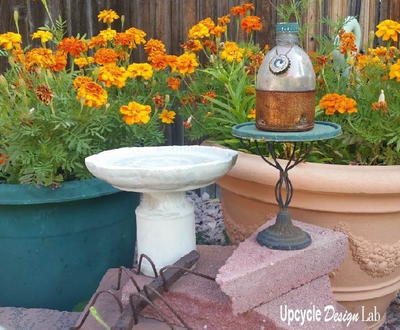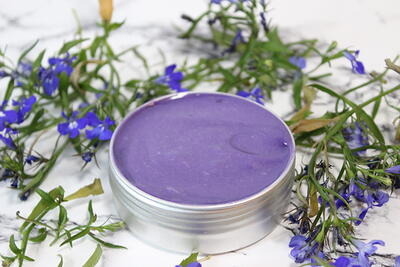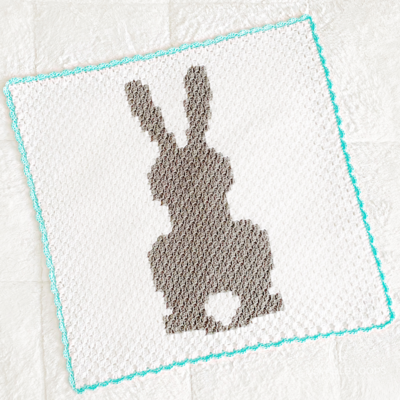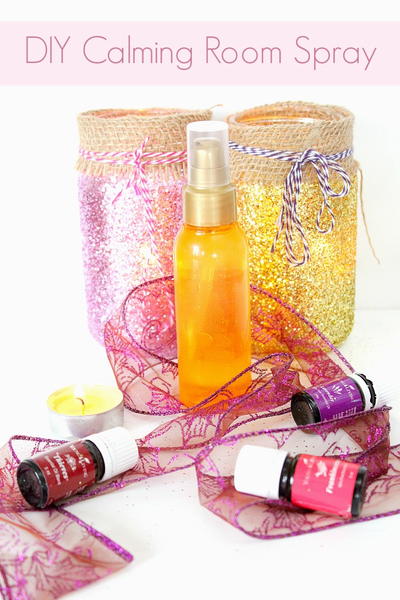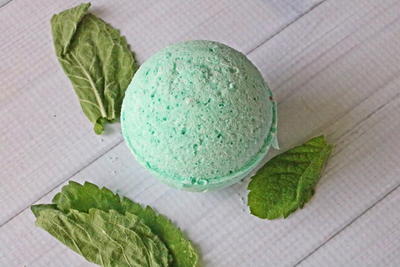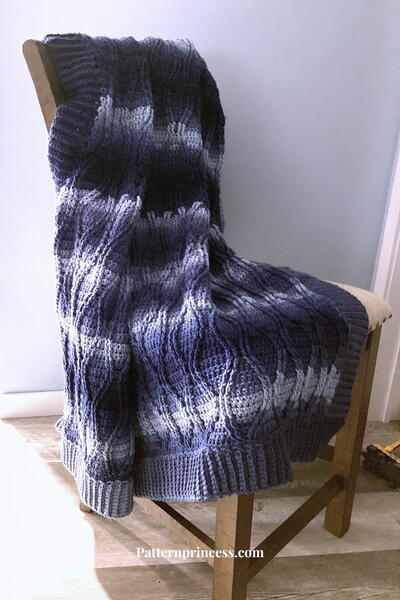Gentle Shea Soapmaking Tutorial
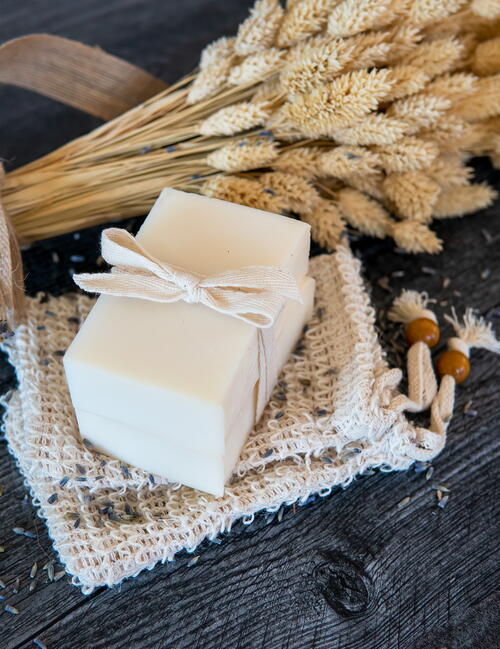
This sweet little recipe is a great place to start your soapmaking journey! Many soapmaking books start with single-oil soaps, but the reality is that they’re a little tricky for beginners. By using four oils, the recipe may look more advanced, but the resulting batter is easy to work with and the soap is extra gentle and luxurious. This first batch is the perfect one to share with friends and family. They’ll be so impressed that you made this soap from scratch!
In this recipe, we’re using distilled water as our additional liquid and adding it to our oils. When using a 50/50 lye-water solution, you have the option to add an alternative liquid, but you don’t have to! Water is still a perfectly good liquid to use in soap and has the advantage of being cost effective. This shea butter soap is wonderful as an unscented bar, but if you’d like to add scent while preserving the white color, you can add lavender essential oil.
YIELD: 9 bars or 2.8 lb (1.27 kg)
SUPERFAT: 5.5%
OIL WEIGHT: 30.7 oz (870 g)
WATER TO LYE RATIO: 1.8:1
SOAP PROPERTIES
This 20 percent shea butter recipe creates a very conditioning and creamy bar of soap. It contains skin-nourishing olive oil and features a low amount of coco- nut oil to ensure the bar is cleansing, but not drying. Shea butter helps harden the bar, while also creating a whiter bar of soap. The higher percentage of castor oil will help boost the lather of this gentle, moisturizing bar.
Materials List
-
LYE & LIQUID
- 8.3 oz (235 g) lye-water solution
- 3.5 oz (99 g) distilled water
-
OILS
- 6.2 oz (176 g) shea butter (20%)
- 6.2 oz (176 g) coconut oil (20%)
- 16.2 oz (459 g) olive oil (53%)
- 2.1 oz (60 g) castor oil (7%)
-
ESSENTIAL OILS
- 1.8 oz (51 g) lavender 40/42 (optional)
INSTRUCTIONS:
With your safety gear on, carefully weigh your lye-water solution from your master batch.
- If you haven’t yet made your lye-water solution, weigh out 4.15 ounces (118 g) of lye and 4.15 ounces (118 g) of distilled water or ice in two separate containers. Carefully pour the lye into the distilled water/ice, while stirring. Set aside to cool.
- If you need to warm up your premixed lye solution, place the container in a warm-water bath. You can do this by filling up a container with hot water from the tap and placing your lye-water container inside. Stir the lye-water occasionally and check the temperature to ensure it doesn’t warm up too much. Make sure that none of the hot water from the bath ends up going into your measured lye-water. If your tap water isn’t warm enough, you can use boiling water instead. Remember to always use your safety gear when handling your lye-water, especially your safety glasses! Remember: Never microwave your lye solution!
-
Weigh out the shea butter and coconut oil and melt them on the stovetop or in the microwave. Weigh out the remaining oils and add them to your melted oils.
-
Add the distilled water to your oils. If you’re opting to add scent, add the essential oil now. Use your immersion blender to blend the ingredients together until they’re well incorporated.
-
Check that the temperatures of your oils and lye-water are between 85 and 110°F (29 and 43°C). Slowly add your lye-water to your oils by running it down the shaft of your immersion blender to avoid splashing. Pulse your immersion blender on low while doing this. Continue to blend on medium until you reach light to medium trace. Remove the immersion blender and hand-stir the soap batter with a silicone spatula to help loosen it up. Keep stirring until the batter feels fluid and is ready to pour.
-
Pour the soap batter into your loaf mold and tap down or gently shake the mold to eliminate air bubbles. Smooth out the top with your spatula. I made this soap with a flat top, but feel free to add texture if you like.
-
Let the soap sit for 24 to 48 hours before unmolding it and cutting it into bars. Cure your bars for about 4 weeks before using them.
Credit:
Reprinted with permission from The Natural Soapmaking Handbook by Simi Khabra. Page Street Publishing Co. 2024. Photo credit: Simi Khabra.
Read NextSolid Lotion Mango Bars


